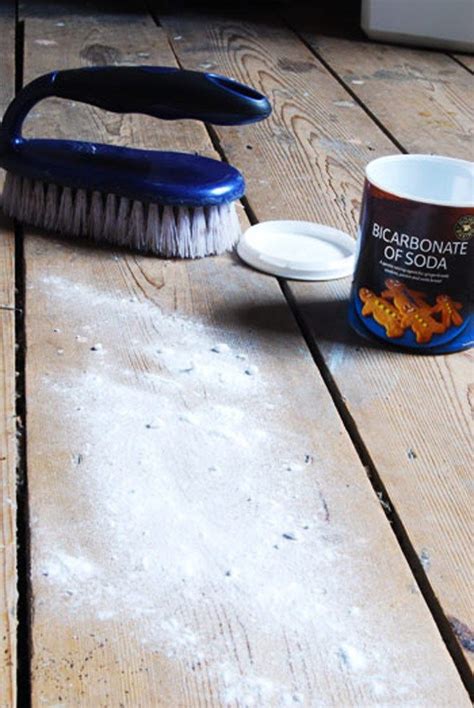Old Urine Smell on Wood? It Can Be Removed!
The lingering stench of old urine on wood is a tough problem, but not an insurmountable one. Whether it's a pet accident on your antique table or a forgotten mishap in a wooden-floored bathroom, the smell can permeate deeply into the wood's pores. This comprehensive guide will equip you with the knowledge and techniques to effectively remove that stubborn odor and restore your wood's fresh scent. We'll explore various methods, from simple cleaning solutions to more intensive treatments, ensuring you find the perfect solution for your situation.
Why is Urine Smell so Persistent on Wood?
Urine's pungent odor is caused by uric acid and other compounds. These substances readily absorb into porous materials like wood, making removal challenging. The longer the urine remains untreated, the deeper it penetrates, making the smell increasingly difficult to eradicate. Understanding this is crucial to choosing the right removal method.
What are Some Common Causes of Urine Smell on Wood?
Pets: Accidents happen! Dogs, cats, and other pets can inadvertently urinate on wooden surfaces.
Children: Young children may have accidents, especially when potty training.
Medical Issues: In some cases, incontinence or other medical issues can lead to urine spills.
Previous Owners: If you've recently moved into an older home, the smell might be a remnant from previous occupants.
How to Remove Old Urine Smell from Wood: A Step-by-Step Guide
The best approach depends on the severity of the smell and the type of wood. Always test any cleaning solution on an inconspicuous area first to avoid damaging the finish.
1. Identify the Source: Before you begin cleaning, locate the exact source of the smell. Sometimes, the odor may seem widespread, but it often originates from a specific spot.
2. Initial Cleaning: Begin with a simple cleaning solution. A mixture of mild dish soap and warm water is often effective. Use a clean cloth or sponge to gently scrub the affected area, rinsing thoroughly with clean water afterward. Allow the wood to air dry completely.
3. Enzyme Cleaners: If the initial cleaning doesn't eliminate the odor, enzyme cleaners are your next best bet. These specialized cleaners contain enzymes that break down the uric acid and other odor-causing compounds in urine. Follow the manufacturer's instructions carefully, as application methods can vary.
4. Baking Soda: Baking soda is a natural odor absorber. Sprinkle a generous amount of baking soda over the affected area, letting it sit for several hours or even overnight. The baking soda will absorb the urine odor. Vacuum thoroughly afterward.
5. Vinegar Solution: A solution of equal parts white vinegar and water can also be effective. Apply it to the affected area, let it sit for a few minutes, and then scrub gently. Rinse thoroughly and allow to air dry. (Note: Avoid using vinegar on delicate finishes).
6. Hydrogen Peroxide: For tougher stains and odors, a 3% hydrogen peroxide solution can be helpful. Apply it to the affected area and allow it to sit for a few minutes before scrubbing gently. Rinse thoroughly and air dry. (Always test in an inconspicuous area first; it can bleach some wood types).
7. Professional Cleaning: For extremely stubborn odors or valuable pieces of furniture, consider contacting a professional wood restoration specialist. They have access to specialized cleaning products and techniques.
What if the Smell Persists After Trying These Methods?
If the urine smell remains after trying several cleaning methods, the odor may have penetrated deeply into the wood. In this case, you might need to consider more advanced techniques, such as:
-
Sanding: Sanding the affected area can remove the top layer of wood, eliminating the odor-causing compounds. However, this is a last resort, as it can damage the finish and change the appearance of the wood.
-
Wood Replacement: In extreme cases, replacing the affected piece of wood might be necessary.
How to Prevent Future Urine Odors on Wood
-
Prompt Cleanup: Clean up any urine accidents immediately.
-
Protect your Furniture: Use protective coverings on furniture in areas where accidents are likely to occur.
-
Regular Cleaning: Regularly clean wooden surfaces to prevent the buildup of odors.
-
Proper Pet Training: Proper house training is crucial for preventing pet accidents.
By following these steps and utilizing the appropriate cleaning solutions, you can effectively remove old urine smell from wood, restoring your furniture or flooring to its former glory. Remember to always prioritize safety and test any cleaning solution in a hidden area before applying it to the entire surface. Patience and persistence are key to successfully tackling this persistent odor!

